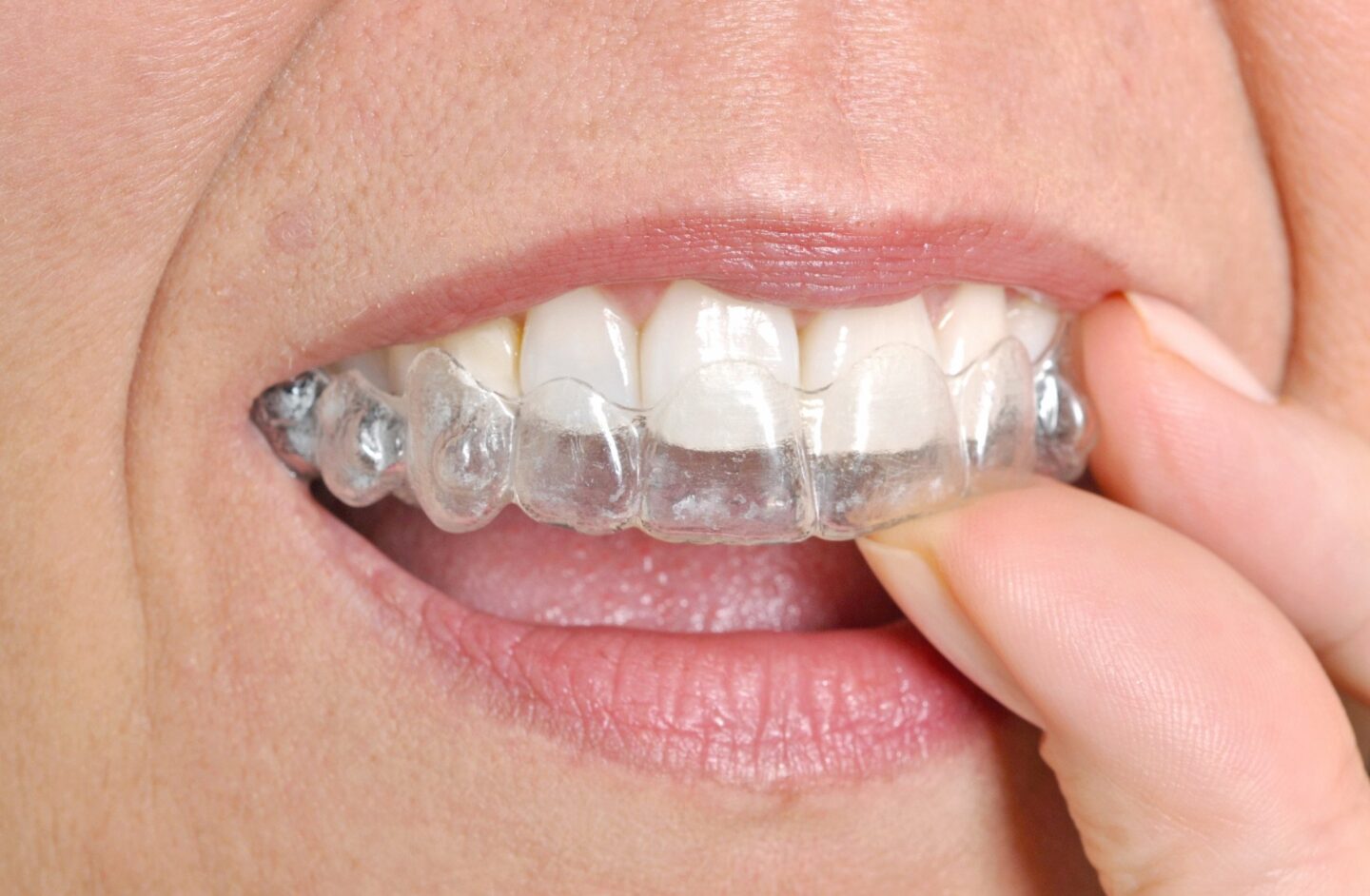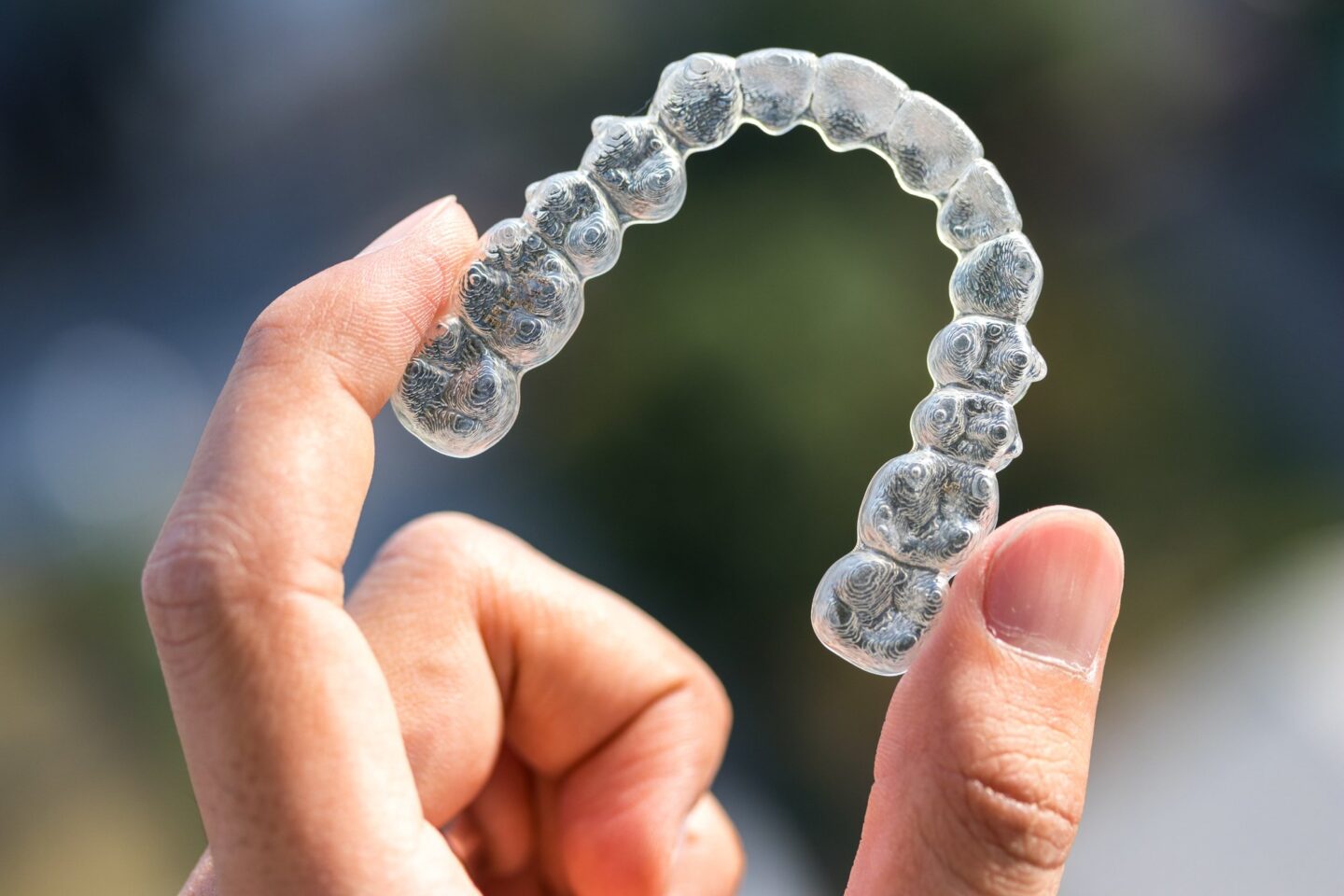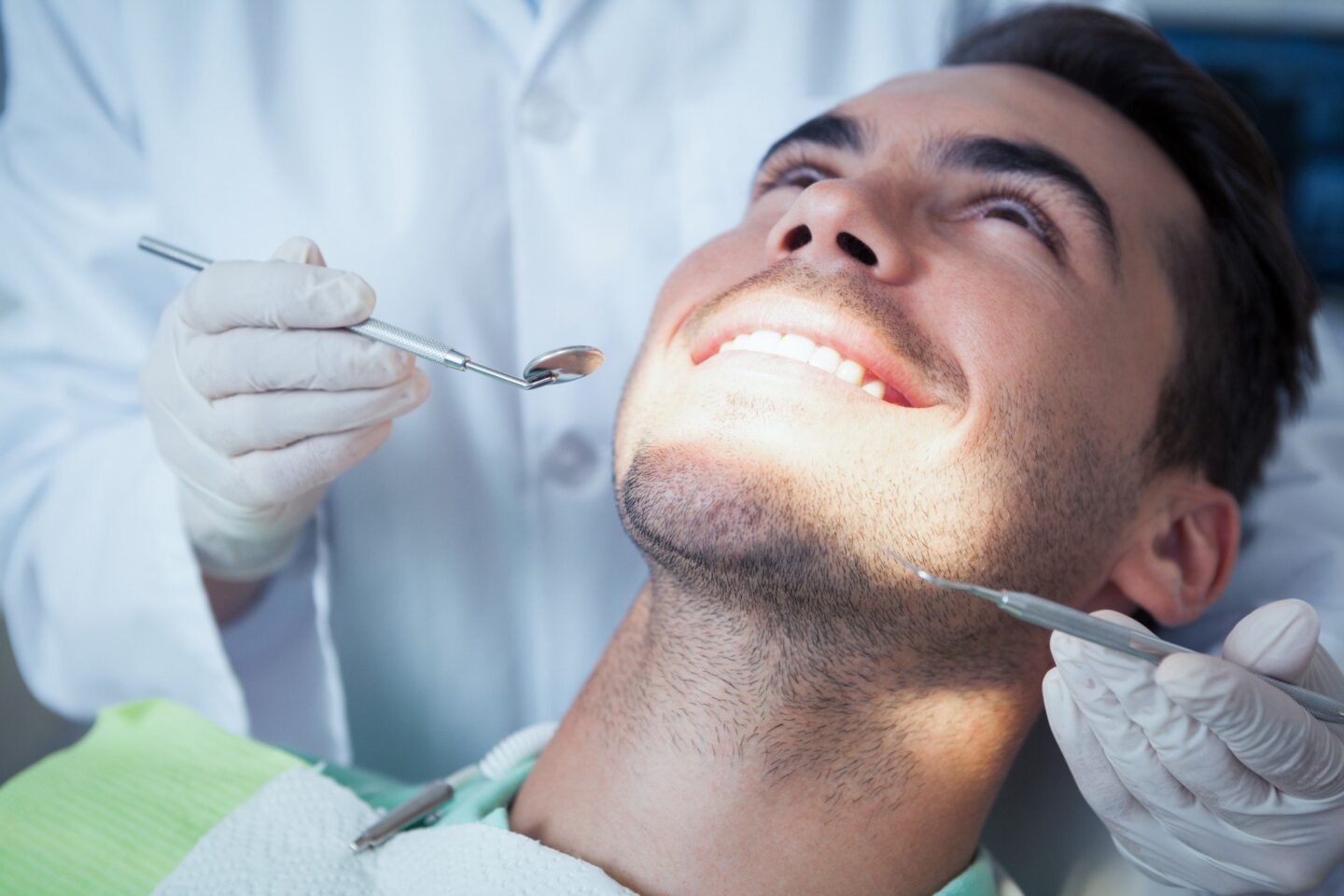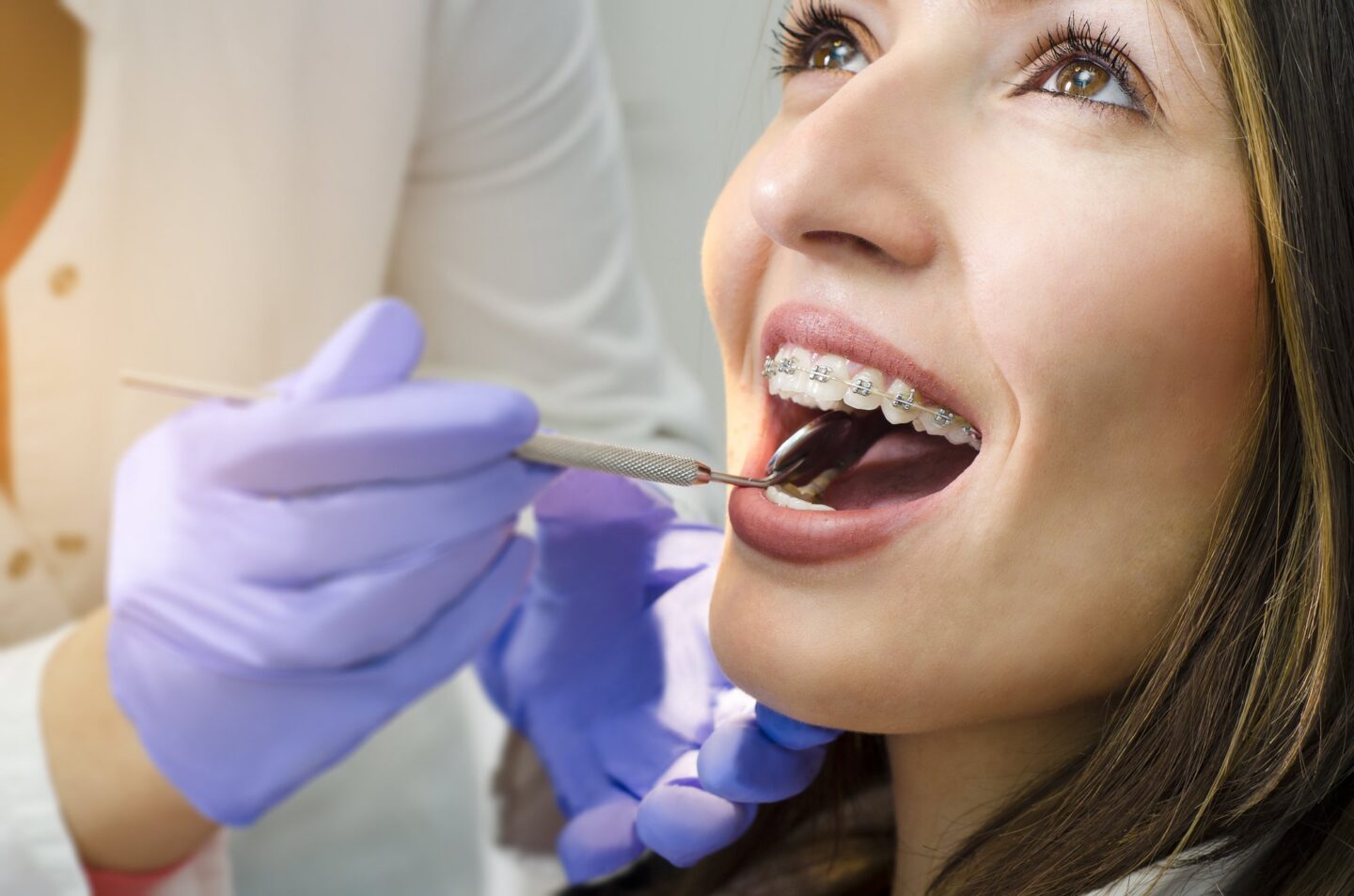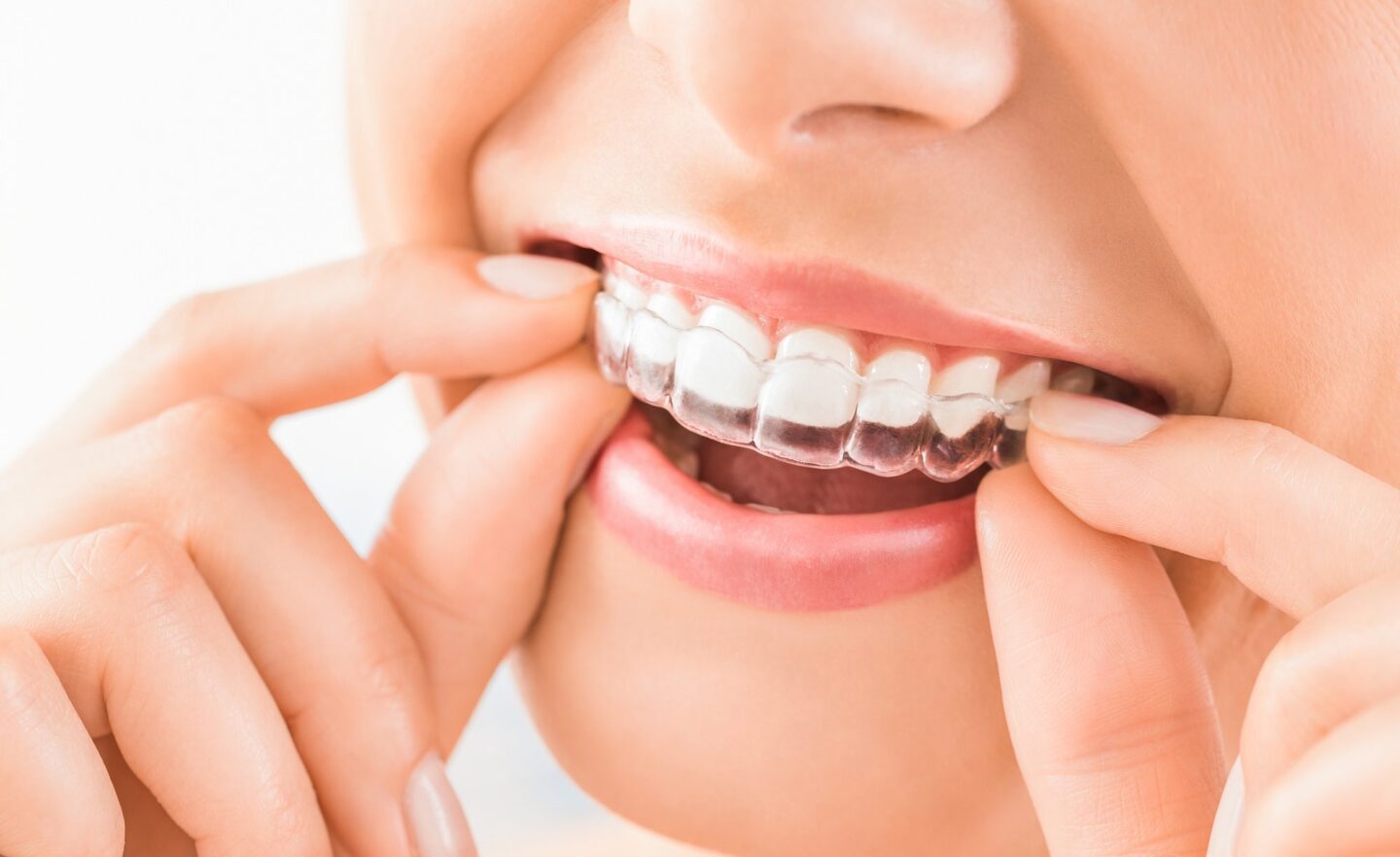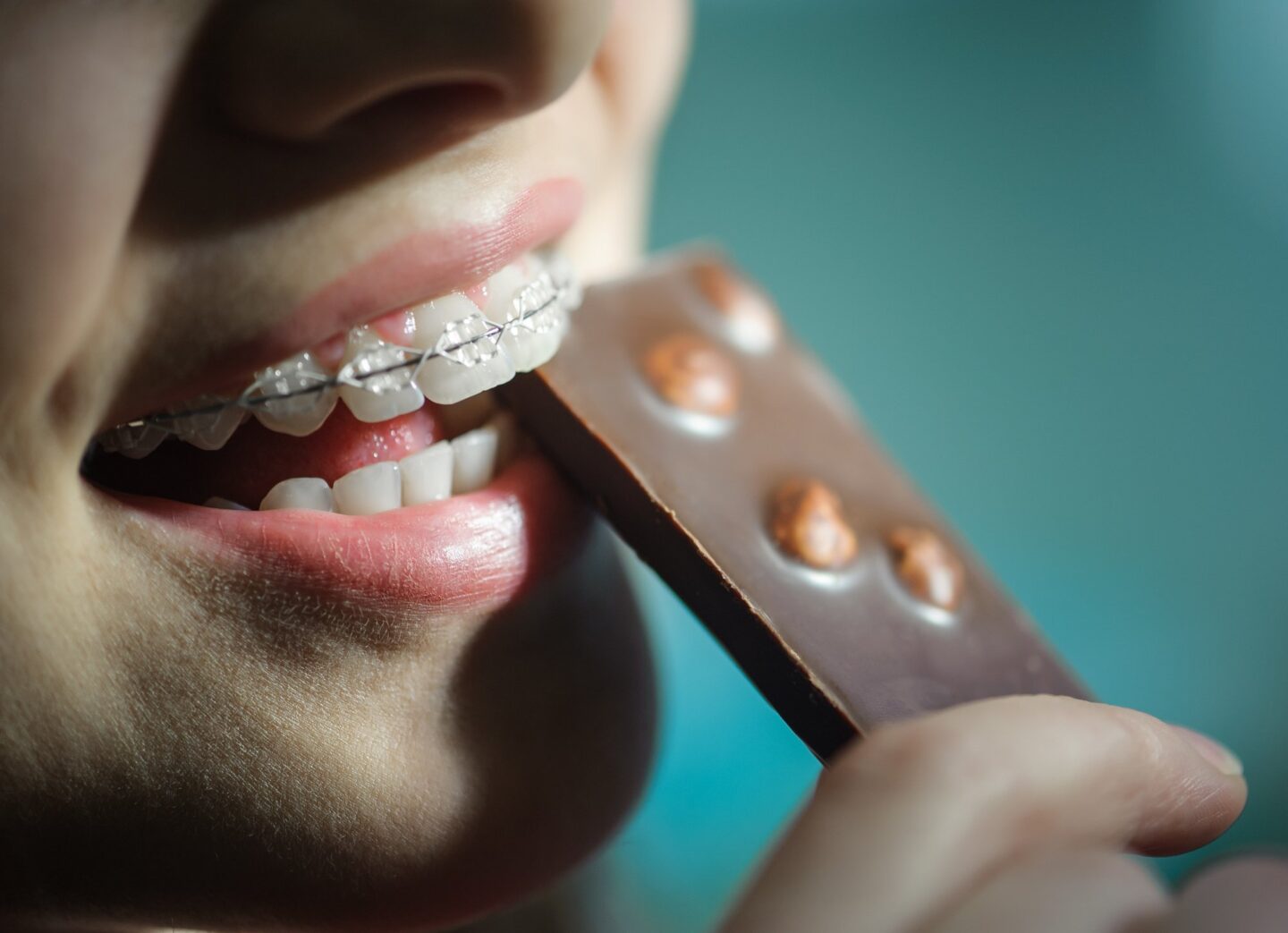Are you ready to get the smile you’ve always dreamed of? Invisalign is one of the most common teeth straightening options on the market today, […]
Blog
The Best Tips on How to Relieve Tooth Pain From Invisalign
Imagine showing off a beautiful, healthy smile and knowing your oral health is better than ever before! You could stun everyone you meet with your […]
How to Get a Better Smile (Hint: Go to an Orthodontist)
You might be surprised to learn that smiling has a positive impact on your brain. This action releases neurotransmitters like endorphins, dopamine, and serotonin. This […]
Pros and Cons of Adult Braces: What to Consider Before Treatment
A staggering 25% of the 4 million brace-wearers in America are adults, and the trend is skyrocketing for those over 50. Beyond mere aesthetics, adult […]
3 Benefits of Invisible Braces for Children and Adults
Braces are common for adults and children with a variety of dental issues. According to the American Association of Orthodontists, the first material used to […]
What Are the Benefits of Adult Braces?
With around one million people wearing adult braces, they are nothing to worry about. Plenty of people have undergone dental work to ensure they get […]
3 Benefits of Choosing Invisible Braces
Right now in the United States, more than 4 million people are wearing braces. That includes more than 1 million who are adults. This statistic […]
5 Questions to Ask Your Child’s Orthodontist
Visiting an orthodontist is an important part of your child’s dental care. Whether they are suffering from crowding, crooked teeth, or other issues, an orthodontist […]
5 Braces-Friendly Recipes to Try This Summer
Approximately 4 million people under the age of 18 wear braces. Although braces come with plenty of benefits regarding dental health, it’s no secret that […]
5 Benefits of Invisalign for Kids
Did you know that 80% of people who wear braces are between the ages of 6 and 18? Although many people wear braces throughout their […]

